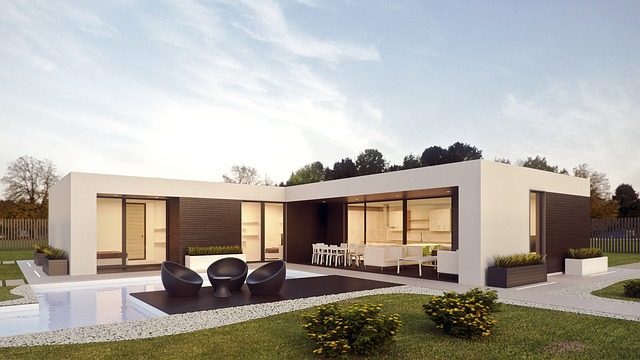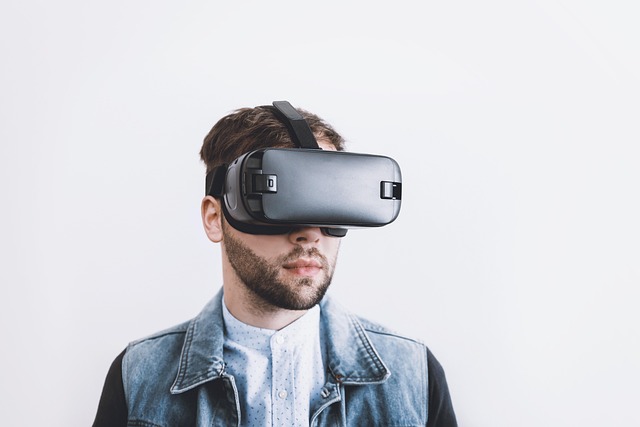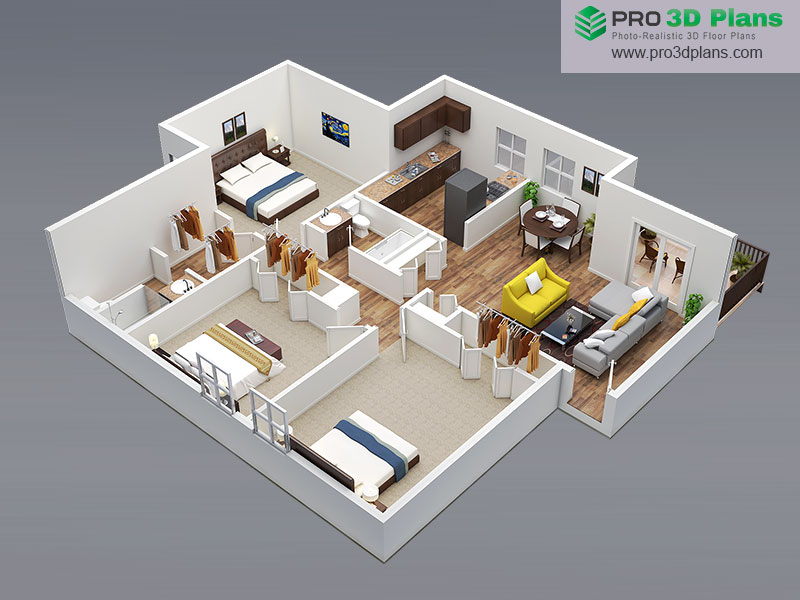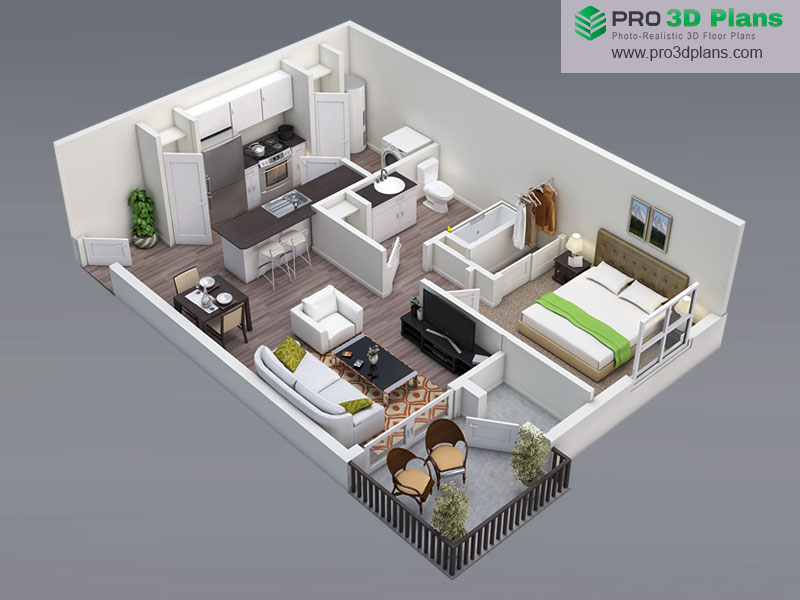The world of real estate is highly competitive, and agents and developers are always looking for ways to stand out from the crowd. One of the most effective ways to do this is through 3D visualization.
In this article, we will explore the role of 3D visualization in the marketing of real estate properties.
What is 3D Visualization?
3D visualization is a technology that allows real estate agents and developers to create realistic digital models of their properties. These models can be viewed from any angle, and can include features like furniture and landscaping.
3D visualization technology has come a long way in recent years, and today’s models are incredibly detailed and lifelike.

Improved Marketing Materials
One of the primary benefits of 3D visualization in real estate marketing is the ability to create better marketing materials.
3D models allow agents and developers to showcase their properties in a much more engaging way than traditional photographs and floor plans.
Buyers can get a sense of the property’s layout and features in a way that is much more intuitive and natural.

Better Customer Engagement
3D visualization can also improve customer engagement. Buyers are more likely to spend time looking at a 3D model than a traditional photograph or floor plan.
This means that agents and developers can keep potential buyers engaged for longer, and can provide a better sense of what the property has to offer.
Virtual Reality Tours
One of the most exciting developments in 3D visualization is the ability to create virtual reality (VR) tours. With a VR headset, buyers can “walk through” a property and get a sense of what it would be like to live there.
This technology is particularly useful for off-plan properties, as it allows buyers to get a sense of what the finished product will look like.

Greater Accuracy
3D visualization also allows for greater accuracy in marketing materials. Traditional photographs and floor plans can be misleading, as they may not accurately represent the space.
With 3D models, buyers can get a much better sense of the property’s layout and dimensions. This can help to reduce misunderstandings and ensure that buyers have a realistic sense of what the property has to offer.
Cost Savings
Finally, 3D visualization can help to save costs in the marketing process. Traditional photography and floor plans can be expensive to produce, and may not provide the same level of engagement as 3D models.
By using 3D visualization, agents and developers can create more engaging marketing materials at a lower cost.

Conclusion
In conclusion, 3D visualization is an incredibly powerful tool for marketing real estate properties. It allows agents and developers to create more engaging marketing materials, improve customer engagement, create virtual reality tours, provide greater accuracy, and save costs in the marketing process.
As technology continues to improve, it is likely that 3D visualization will become an even more important part of the real estate marketing process.



